Subject
- #Running Injuries
- #Plantar Fasciitis
- #Prevention
- #Runner
- #Knee Pain
Created: 2025-01-15
Created: 2025-01-15 08:30
Hello, beginner runners. I'm Running Haeyoung, a hobby runner for 9 years now. While I can't say I'm the best runner, I'm a physical therapist, and I'll briefly explain common injuries and prevention methods for beginner runners.
Running not only makes your body and mind healthy, but it's also a great way to meet new friends and energize your daily life. However, despite its many benefits, even if you start lightly, like other sports, there's a risk of injury.

<b>Causes and Warning Signs of Running Injuries</b>
Since running involves repetitive body movements, overuse often strains muscles and joints, leading to pain. So how can you recognize the warning signs of injury?
General muscle soreness affects the entire muscle group used and naturally disappears within a few days. In contrast, signs of injury are localized to a specific area, and if the pain persists for about two weeks, it's best to rest and monitor the situation.
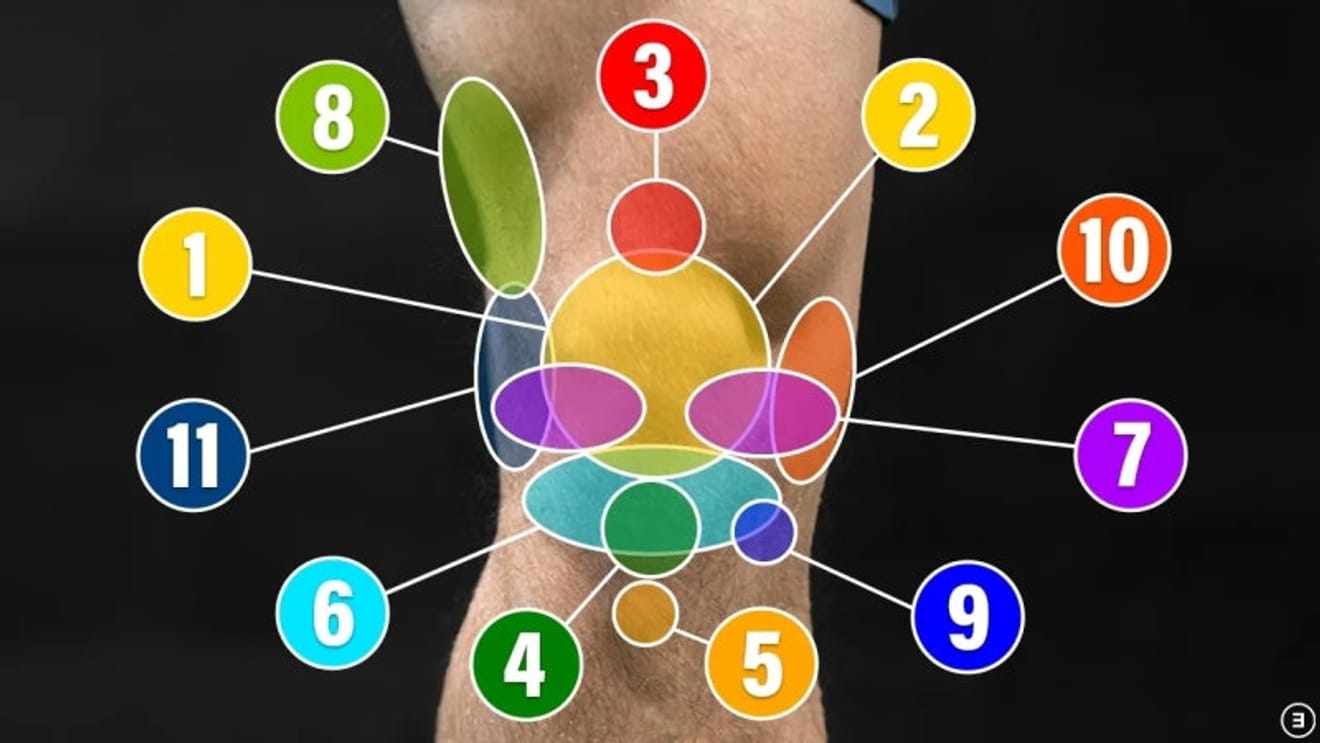
e3rehab.com
<b>Injuries and Prevention Methods Beginner Runners Must Know</b>
<b>Runner's Knee (Knee Pain)</b>
Symptoms: Stiffness or pain in the front of the knee, especially around the patella (kneecap), which can worsen with actions such as climbing stairs, running, and jumping.
Check if the quadriceps are overused or if your legs are bowlegged. Exercises to strengthen your gluteal muscles are very helpful. In particular, strengthening the gluteus medius (side hip muscle) can prevent pain.
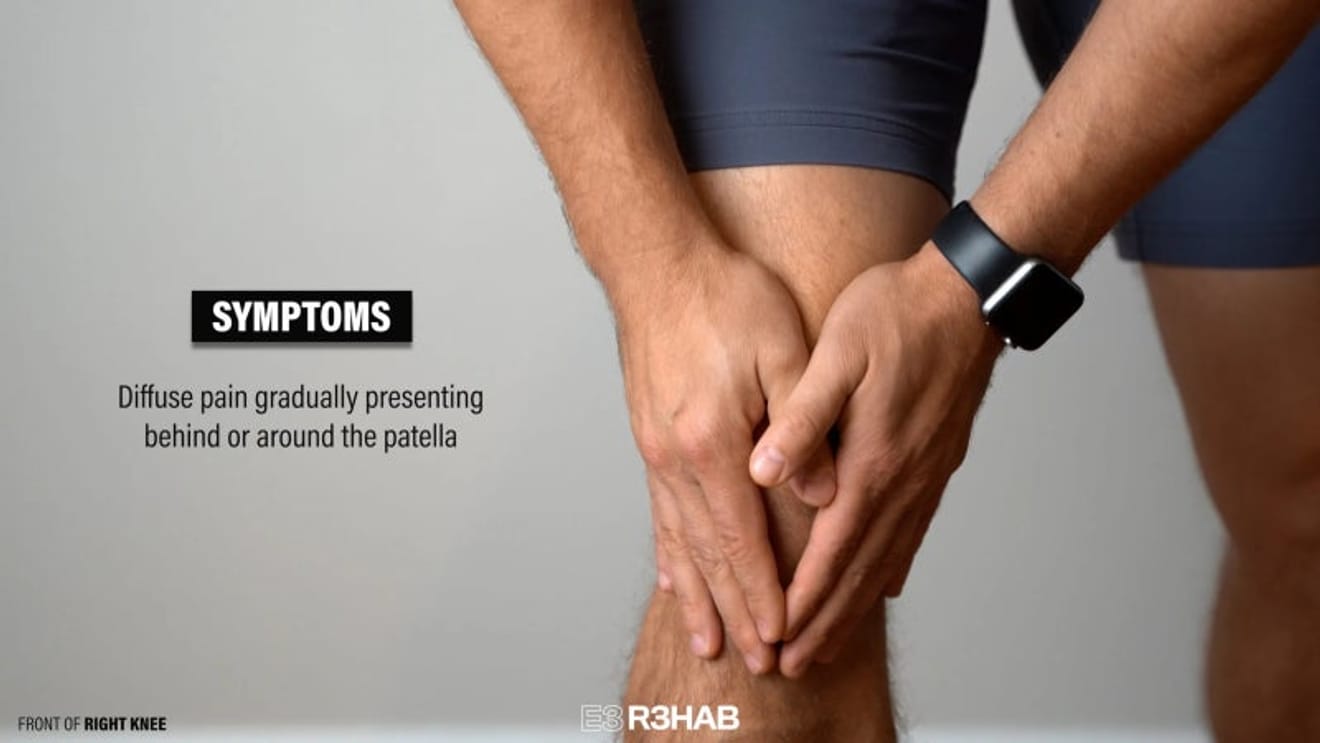
e3rehab.com
<b>IT Band Syndrome</b>
Symptoms: Stiffness or pain on the outside of the knee, often caused by a sudden increase in running distance or intensity.
Gradually increase your running distance, strengthen your hip and inner thigh muscles, and improve knee and hip stability. Stretching is important.
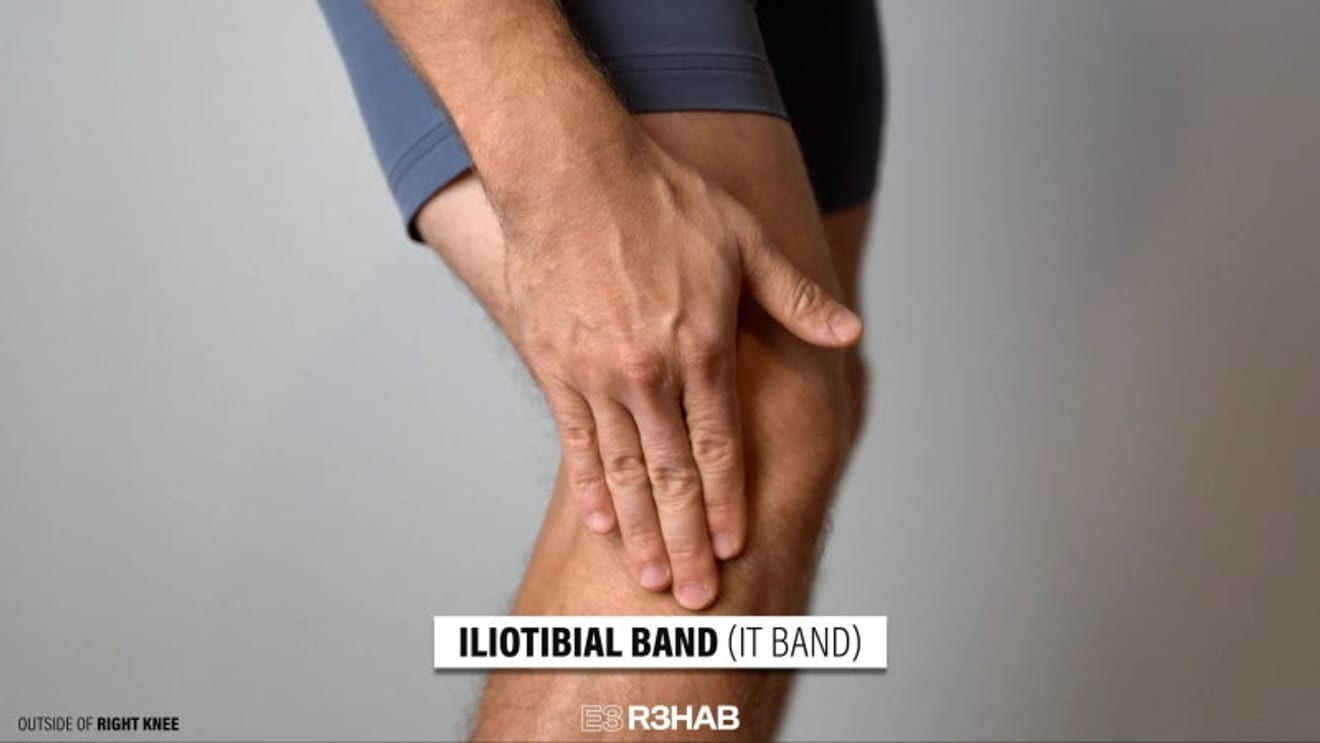
e3rehab.com
<b>Plantar Fasciitis</b>
Symptoms: If you experience stabbing pain in your heel or sole when you take your first step in the morning, you may have plantar fasciitis.
It can increase again with continued activity, and people with high body weight are also at risk after a sudden increase in training intensity.
Stretching by pulling your big toe while resting your sore foot on your opposite leg, strength training exercises like raising your heels, icing, and choosing appropriate shoes and insoles can help relieve pain.
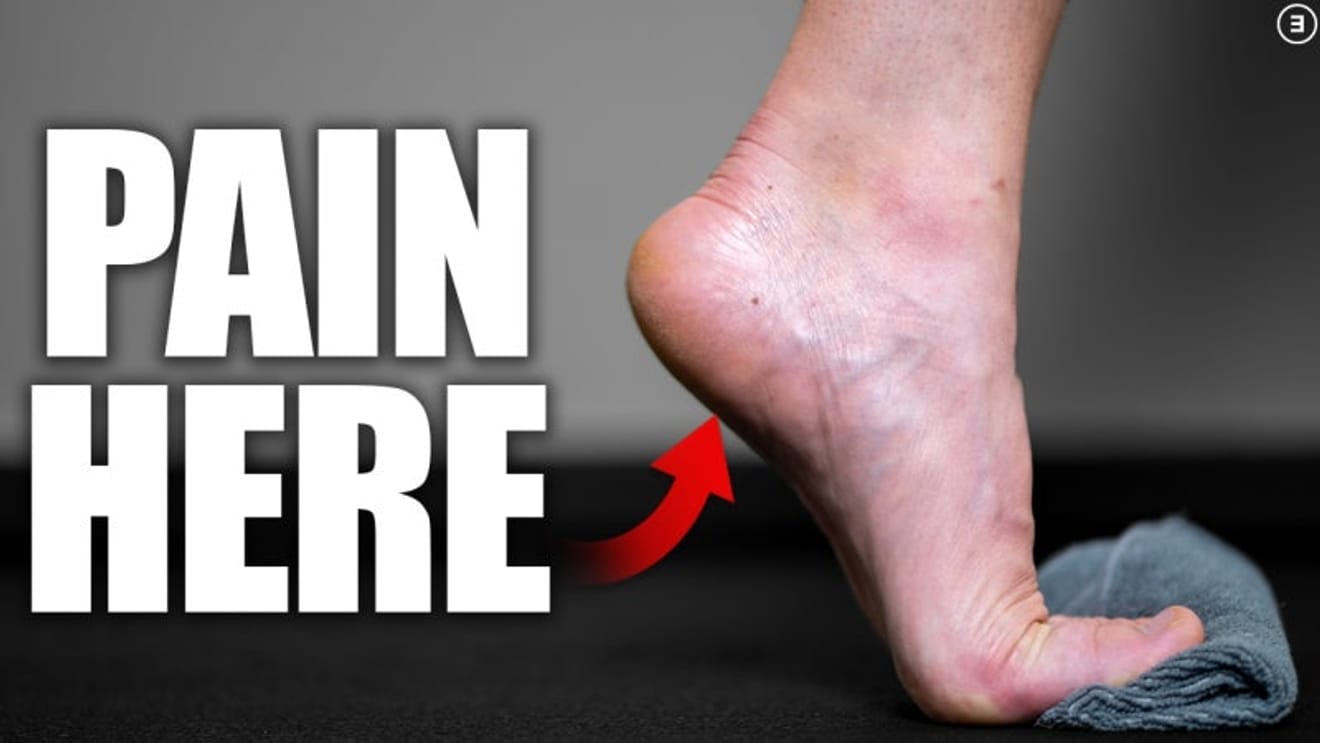
e3rehab.com
<b>Achilles Tendon Injury</b>
Symptoms: If you have pain around your heel or Achilles tendon, reduce the intensity and try running on flat surfaces.
Stretch your calf muscles, and after rehabilitation, return to exercise in the order of static exercises - weight training - plyometrics.
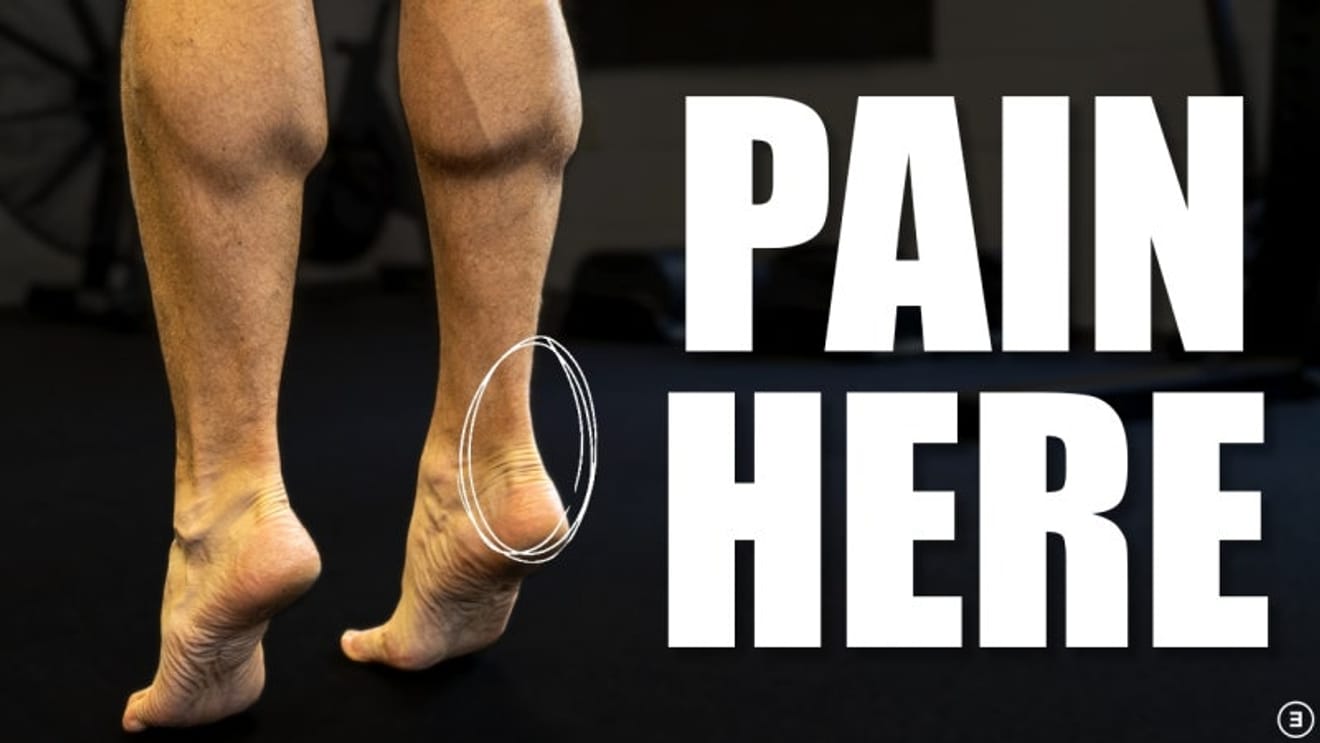
e3rehab.com
<b>Shin Splints</b>
Symptoms: Pain on the inner side of the shin during exercise, which worsens after exercise and improves during rest, affecting an area more than 5cm wide. (If it's concentrated in one spot, there's a possibility of a fracture).
If the area is painful, it's best to rest without overexerting yourself. After successfully walking for 30 minutes without pain, try alternating walking and jogging, and when you can jog continuously for 30 minutes, gradually increase the intensity.
Strengthening your calves and ankles will help when you resume running.
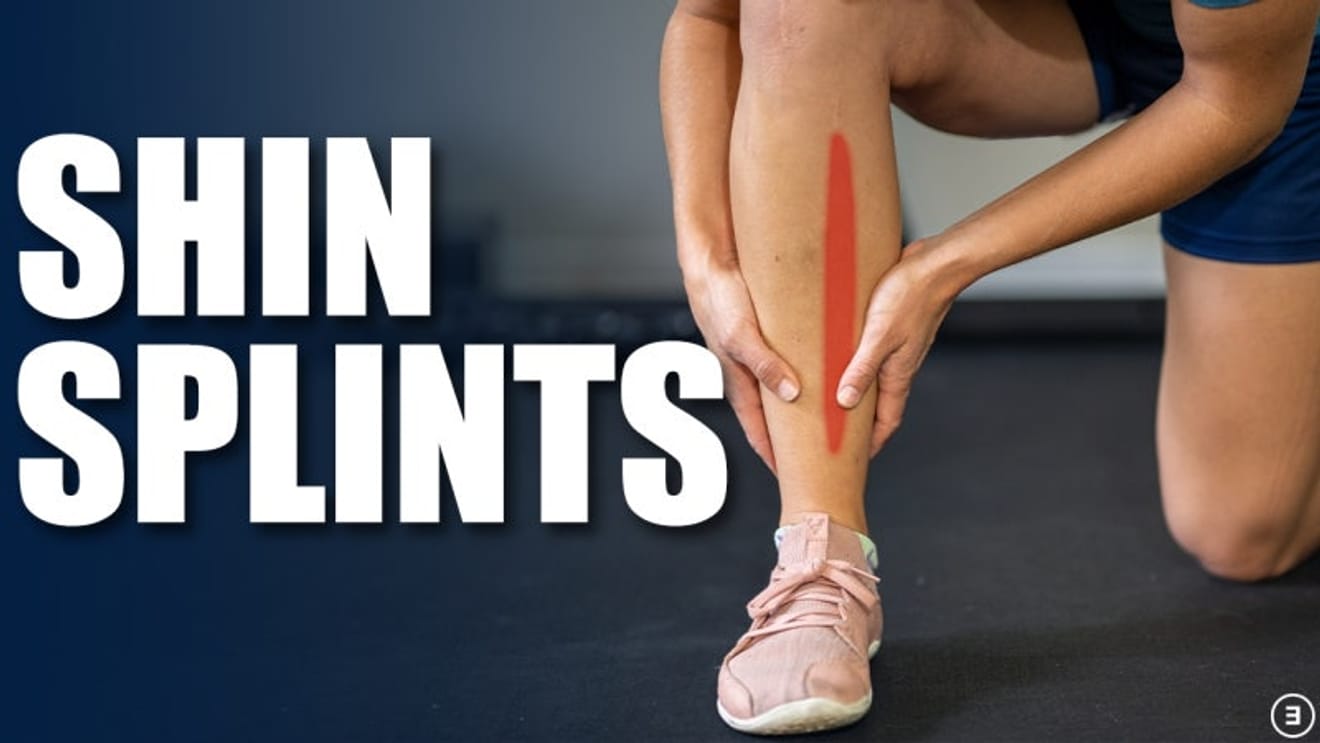
e3rehab.com
<b>To Prevent Knee Pain During Running</b>
Adjust your workout: If you're a complete beginner, don't be too ambitious at first, and start with a program that alternates walking and running. Gradually increasing distance and speed is key.
Add strength training: Aim for 2-3 times a week to balance your body and focus on strengthening your quadriceps, hamstrings, and gluteal muscles.
Utilize cross-training: Engage in other exercises like swimming or cycling to reduce stress on your joints while building endurance.
Choose appropriate shoes.
Rest: Consistent exercise is important, but it's also crucial to have the courage to rest when you feel tired or in pain.
If pain persists for more than two weeks or interferes with your daily life, I recommend seeking professional help. Knee problems can have various underlying causes and are difficult to diagnose based on a single factor.
It's difficult to fully explain this through text alone...
Given the limitations of text, I recommend consulting a physical therapist or sports medicine specialist :)
Next, let's look at the relationship between the famous rearfoot, forefoot, midfoot landings and stride.
<span>#RunningHaeyoung</span>
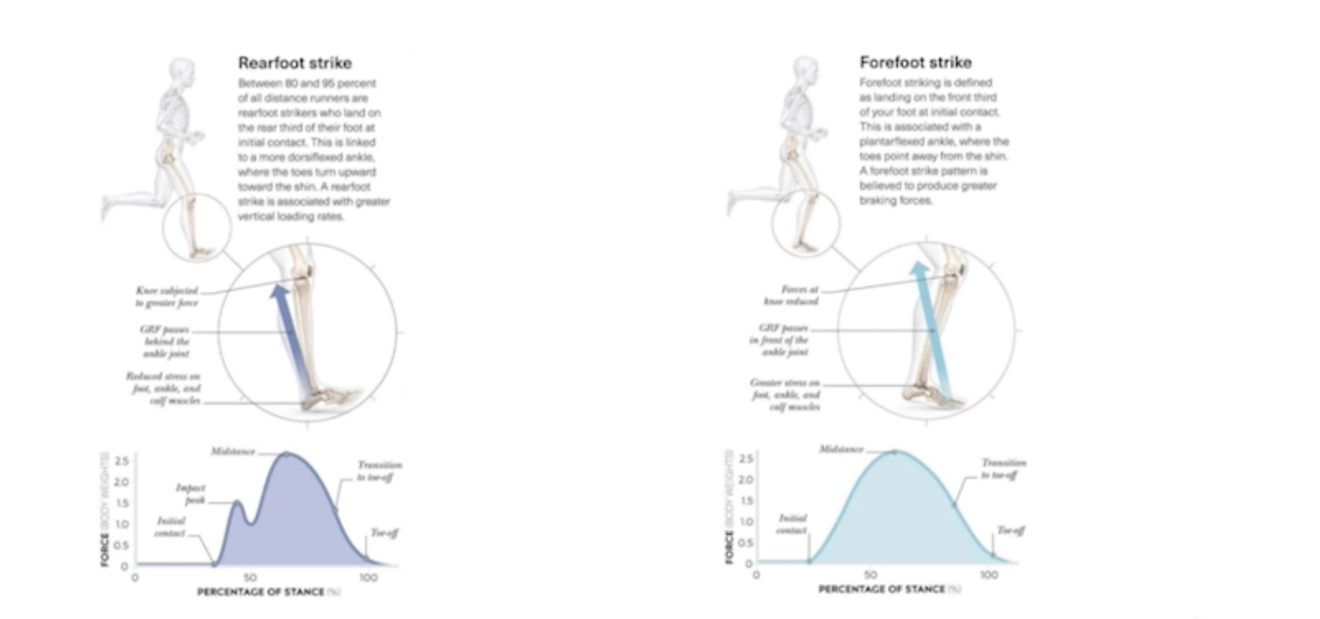
Comments0